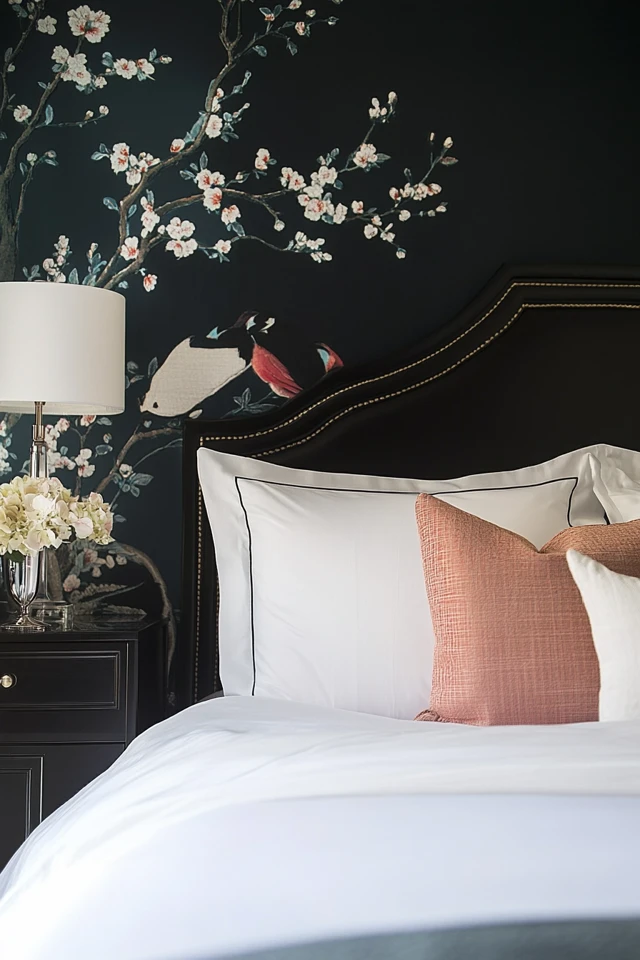Living in a small room doesn’t mean sacrificing style or comfort. With the right tricks, you can make even the tiniest spaces feel more spacious, functional, and welcoming. By focusing on layout, color, and clever design hacks, you can create the illusion of a larger room while making the most of every square inch.
When I first moved into a small apartment, I was overwhelmed by how cramped it felt. But after experimenting with furniture placement, mirrors, and a lighter color palette, the transformation was incredible. The space felt twice as big—and I didn’t have to break the bank to achieve it!
Here are 10 tried-and-true tips for styling a small room to feel bigger and more functional.
1. Use Light and Neutral Colors
Why It Works
Light colors reflect more natural and artificial light, creating the illusion of a larger, airier space.
How to Do It
- Paint walls in shades of white, beige, or soft pastels.
- Use light-colored furniture to blend seamlessly with the walls.
- Add pops of color through small accessories like cushions or artwork.
Example:
A white sofa with soft gray cushions against beige walls creates an open, serene environment.
2. Opt for Multifunctional Furniture
Why It Works
In a small room, every piece of furniture needs to pull double duty.
How to Do It
- Choose ottomans with hidden storage or beds with built-in drawers.
- Use a foldable dining table or a wall-mounted desk.
- Opt for nesting tables that can be tucked away when not in use.
Example:
A sofa bed with under-seat storage provides both seating and a place to store extra bedding.
Picture Gallery
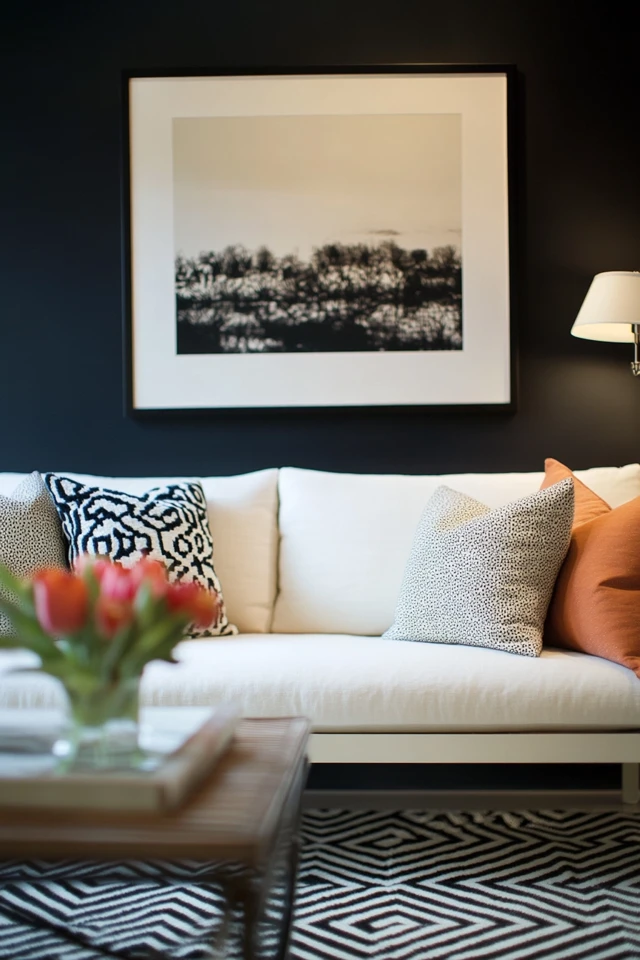
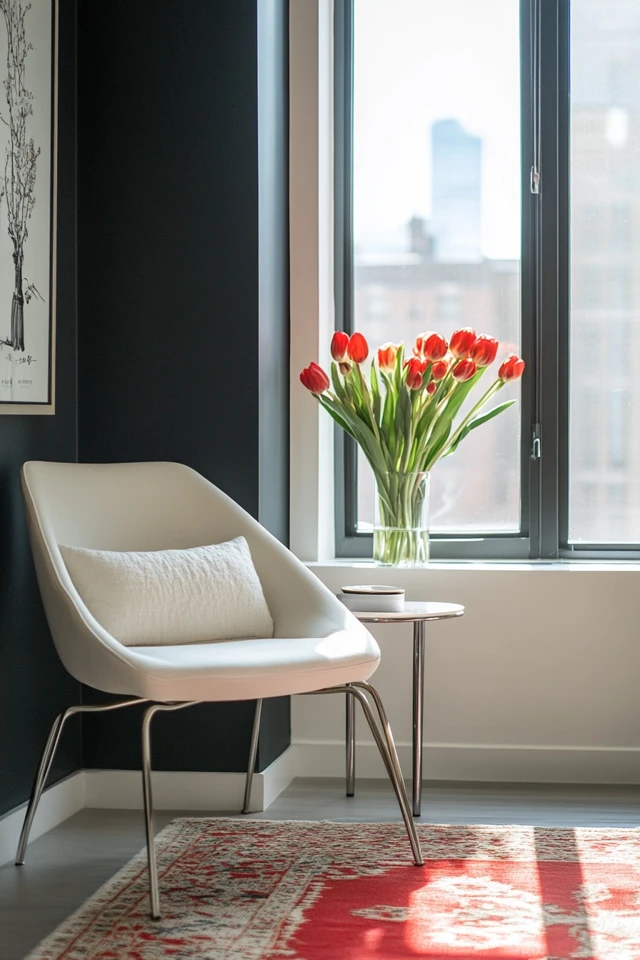

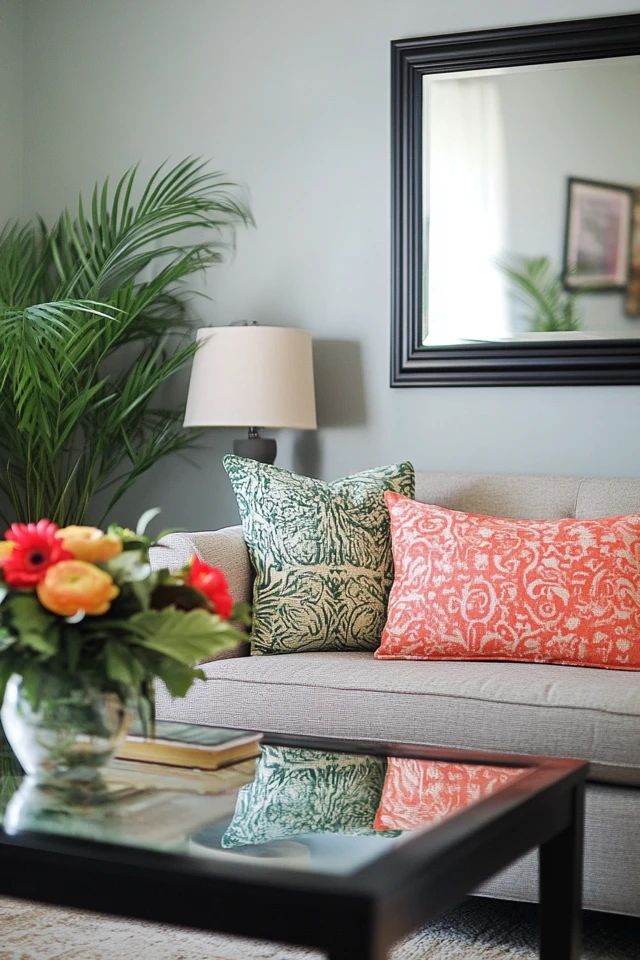
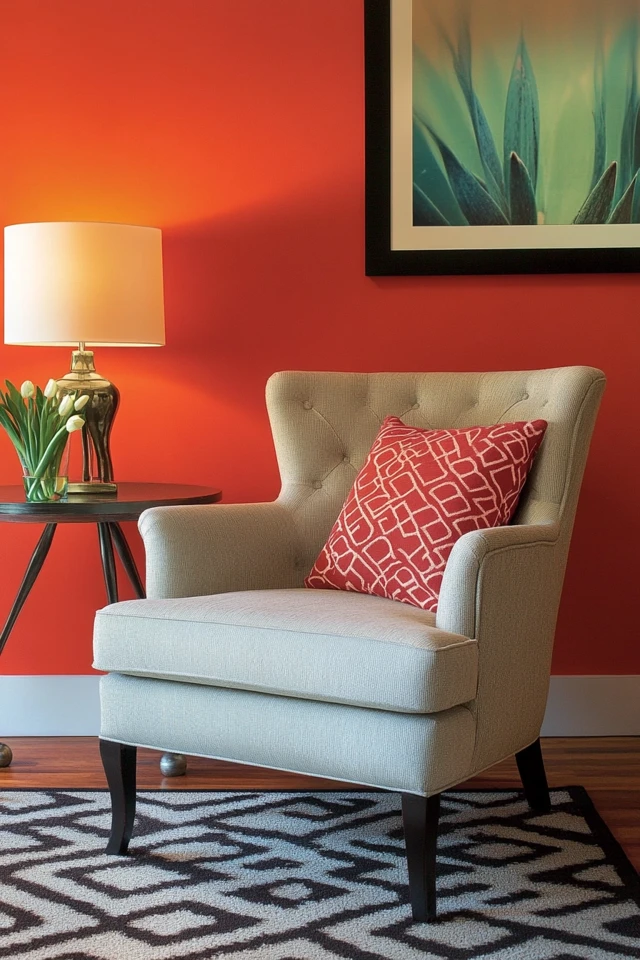
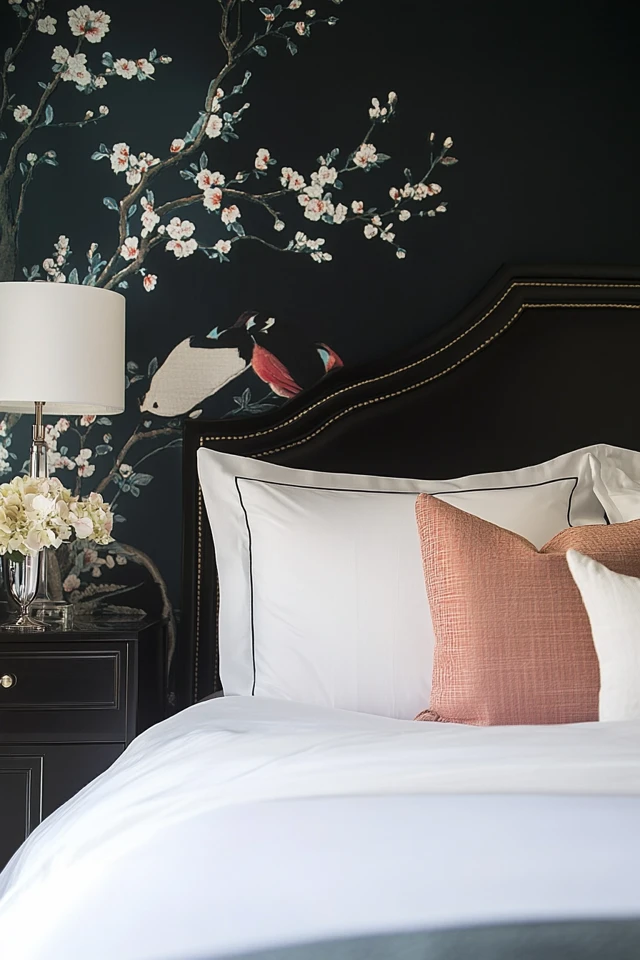
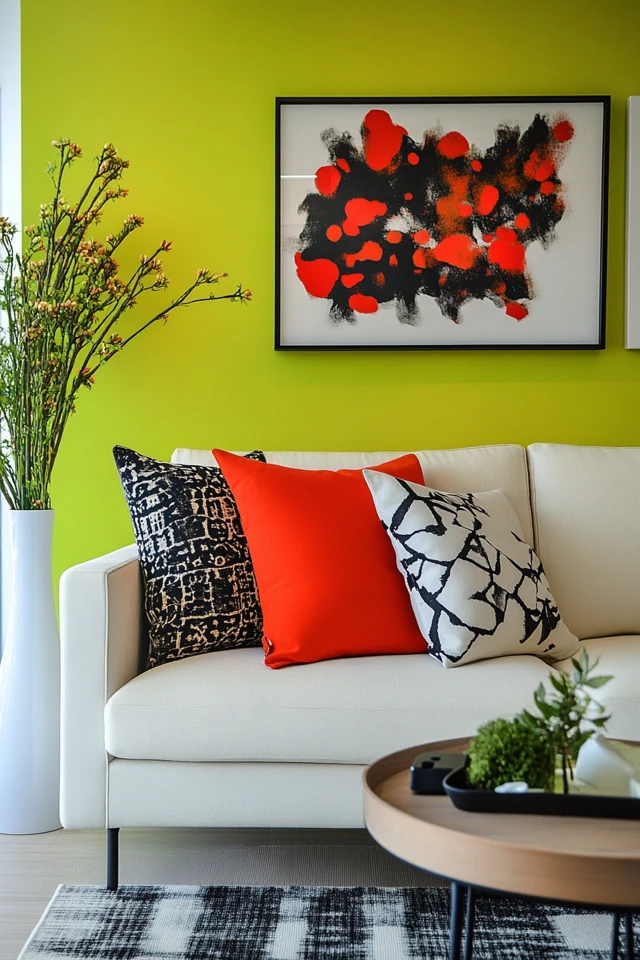
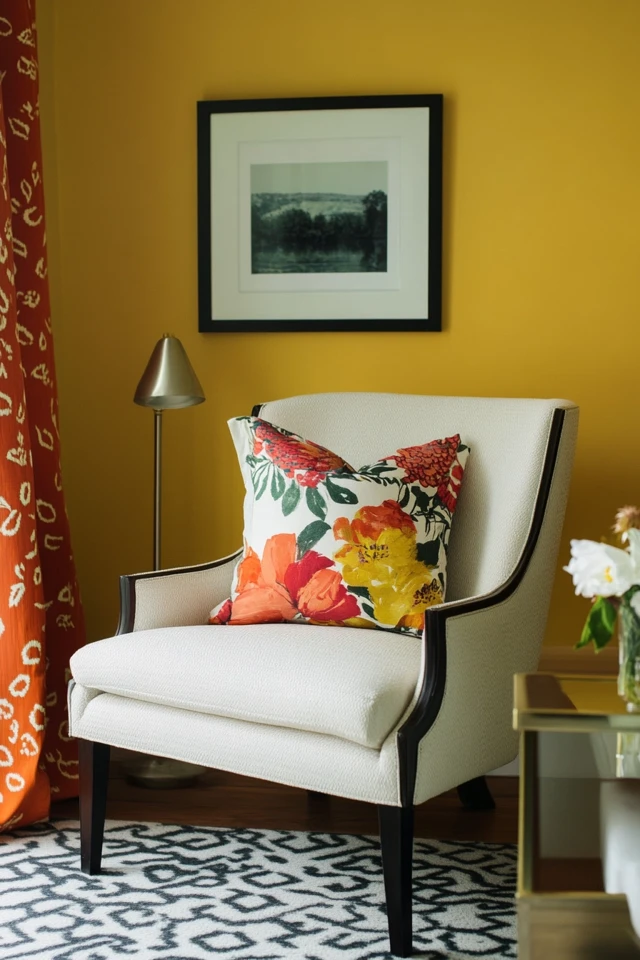
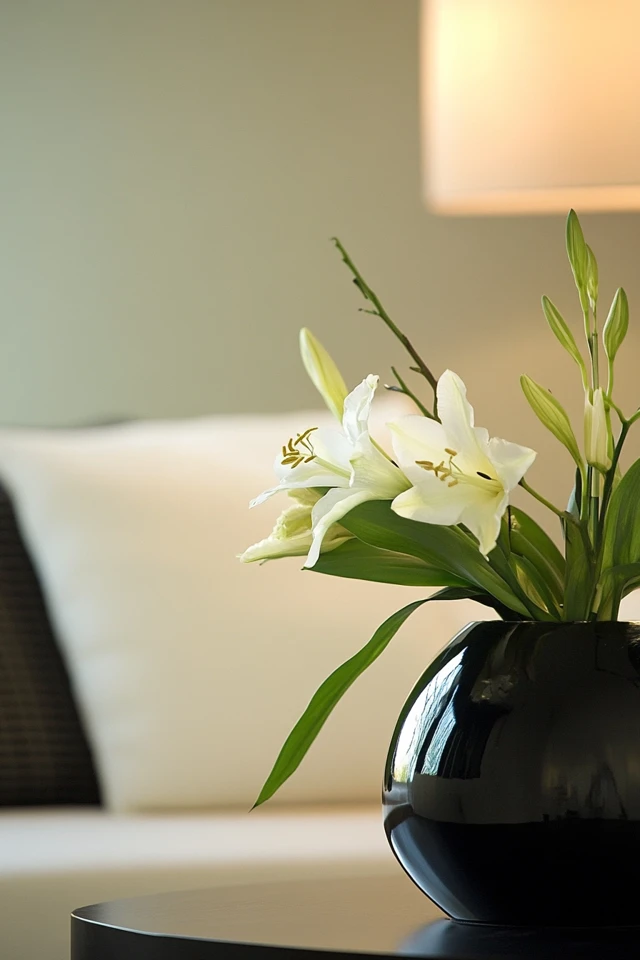
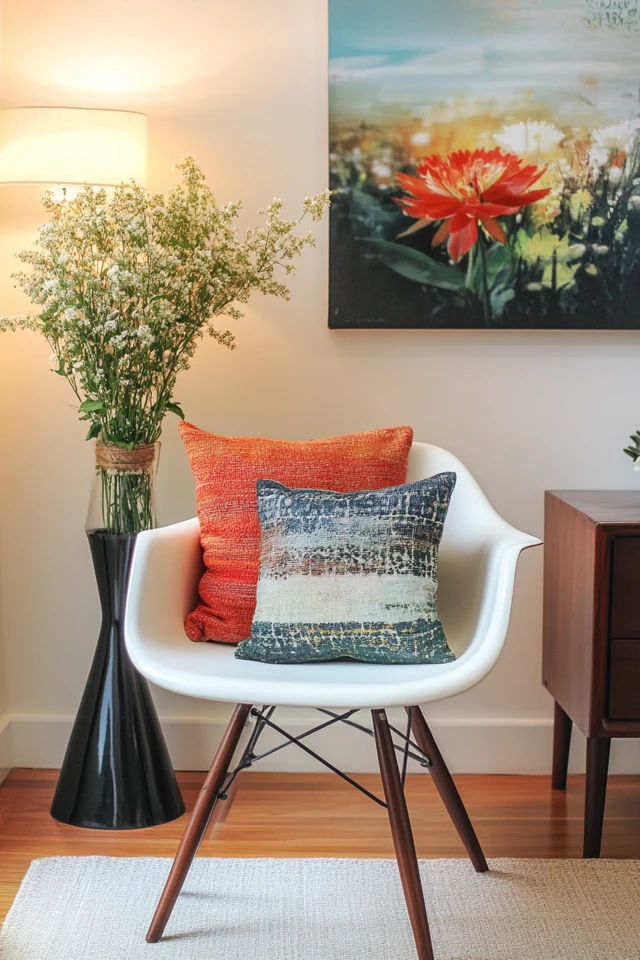
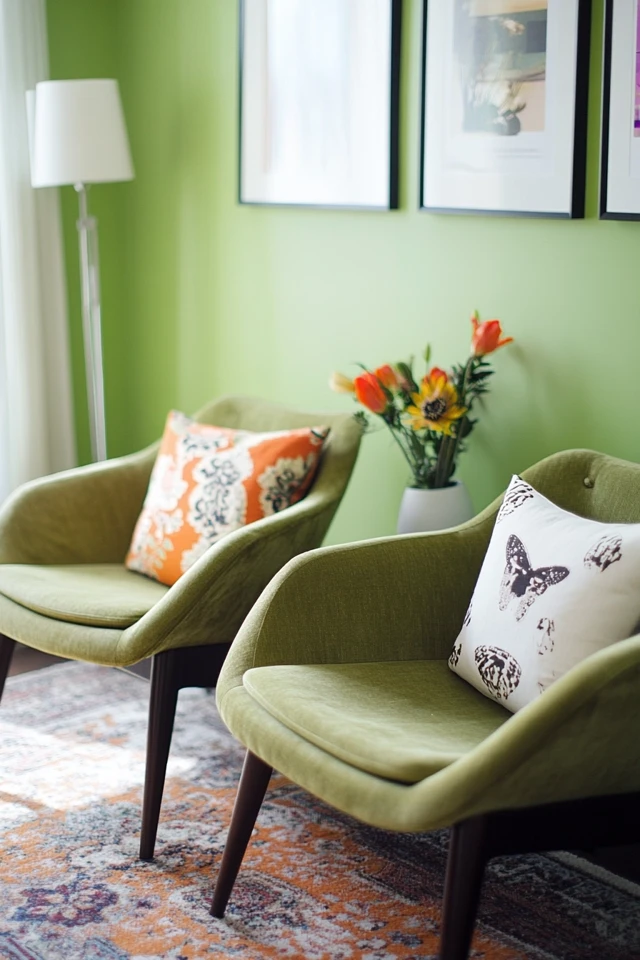
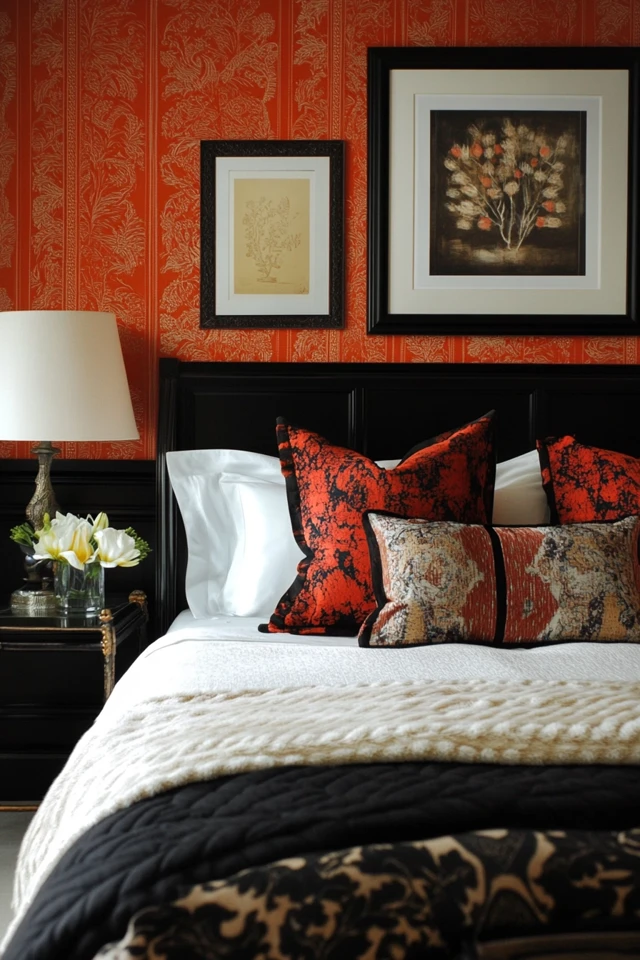
3. Maximize Vertical Space
Why It Works
Using walls for storage and decor draws the eye upward, making the room feel taller.
How to Do It
- Install floating shelves for books, plants, or decor.
- Use tall bookcases or cabinets to store items vertically.
- Hang curtains close to the ceiling to create the illusion of higher ceilings.
Styling Tip:
A vertical gallery wall with narrow frames elongates the space visually.
4. Use Mirrors Strategically
Why It Works
Mirrors reflect light and create the illusion of added depth and space.
How to Do It
- Hang a large mirror opposite a window to reflect natural light.
- Use mirrored furniture, like a console table, to subtly enhance light.
- Lean a floor-length mirror against the wall for a modern touch.
Example:
A round mirror above a console table brightens the entryway and makes it feel larger.
5. Stick to Low-Profile Furniture
Why It Works
Furniture with low backs and legs gives the room an open, airy feel.
How to Do It
- Choose low-profile sofas, chairs, and beds.
- Use furniture with exposed legs to create visual space underneath.
- Avoid bulky, oversized pieces that dominate the room.
Example:
A low wooden platform bed paired with a simple headboard makes a small bedroom feel more open.
6. Let in Natural Light
Why It Works
Maximizing natural light instantly makes a room feel bigger and brighter.
How to Do It
- Use sheer or light-colored curtains to allow sunlight to filter through.
- Keep windows unobstructed by bulky furniture.
- Add reflective surfaces like glass or acrylic furniture to enhance the effect.
Styling Tip:
A sheer white curtain paired with a minimalist rod enhances natural light without sacrificing privacy.
7. Keep the Floor Clear
Why It Works
A clutter-free floor helps create the illusion of more space and better flow.
How to Do It
- Mount storage units on the wall to keep items off the floor.
- Use baskets or bins to tuck away clutter under furniture.
- Limit the number of large rugs to maintain visual openness.
Example:
A floating TV stand keeps electronics off the floor and opens up the room.
8. Choose Glass or Acrylic Furniture
Why It Works
Transparent furniture doesn’t block the view, making the room feel less crowded.
How to Do It
- Use a glass coffee table or an acrylic side table.
- Opt for clear dining chairs to maintain an open, modern look.
- Pair with minimal decor to avoid visual clutter.
Example:
A glass-top dining table with acrylic chairs gives the illusion of more space in a small dining nook.
9. Create Zones with Rugs
Why It Works
Defining separate areas in a small room makes it feel more purposeful and organized.
How to Do It
- Use rugs to visually separate the living, dining, or workspace areas.
- Choose rugs with simple patterns or solid colors to avoid overwhelming the room.
- Keep the rugs proportional to the furniture arrangement for a balanced look.
Styling Tip:
A neutral jute rug under a coffee table separates the seating area from the rest of the room.
10. Declutter and Go Minimal
Why It Works
A clean, organized space feels larger and more functional.
How to Do It
- Donate or store items you don’t use regularly.
- Limit decor to a few statement pieces that add personality without crowding the room.
- Use storage solutions like baskets or under-bed organizers to hide clutter.
Example:
A small shelf with a few books and a single vase looks intentional and keeps the space tidy.
How to Maintain a Spacious Feel
- Declutter Regularly: A small room can quickly feel crowded if clutter accumulates.
- Rotate Decor: Swap out decorative items seasonally to keep the space fresh.
- Stick to a Cohesive Palette: Consistent colors and materials create visual flow.
- Reevaluate Layouts: Occasionally rearrange furniture to ensure the space remains functional.
- Prioritize Functionality: Choose furniture and decor that serve a purpose.
Conclusion
Styling a small room to feel bigger is all about creating the illusion of space while maximizing functionality. By using light colors, incorporating mirrors, and choosing the right furniture, you can make even the tiniest spaces feel open, airy, and inviting.
When I applied these tips to my small living room, it felt like I gained an extra 100 square feet without any renovations. The changes were simple but impactful, transforming the way I experienced the space.
So, pick a few of these tips to try in your own room, and enjoy the magic of a small space that feels big, beautiful, and completely yours.
FAQ
What colors make a small room feel bigger?
Light, neutral colors like white, beige, and soft pastels reflect light and create the illusion of more space.
How do mirrors help make a room feel larger?
Mirrors reflect light and create depth, making a room appear brighter and more open.
What furniture works best in small spaces?
Low-profile furniture, multifunctional pieces, and transparent items like glass or acrylic furniture are ideal for small rooms.
Can rugs make a room feel bigger?
Yes! Use rugs to define zones and choose light or neutral tones to avoid overwhelming the space.
How can I add storage without cluttering the room?
Use vertical storage solutions like floating shelves, wall-mounted units, or furniture with built-in storage to keep the floor clear.

